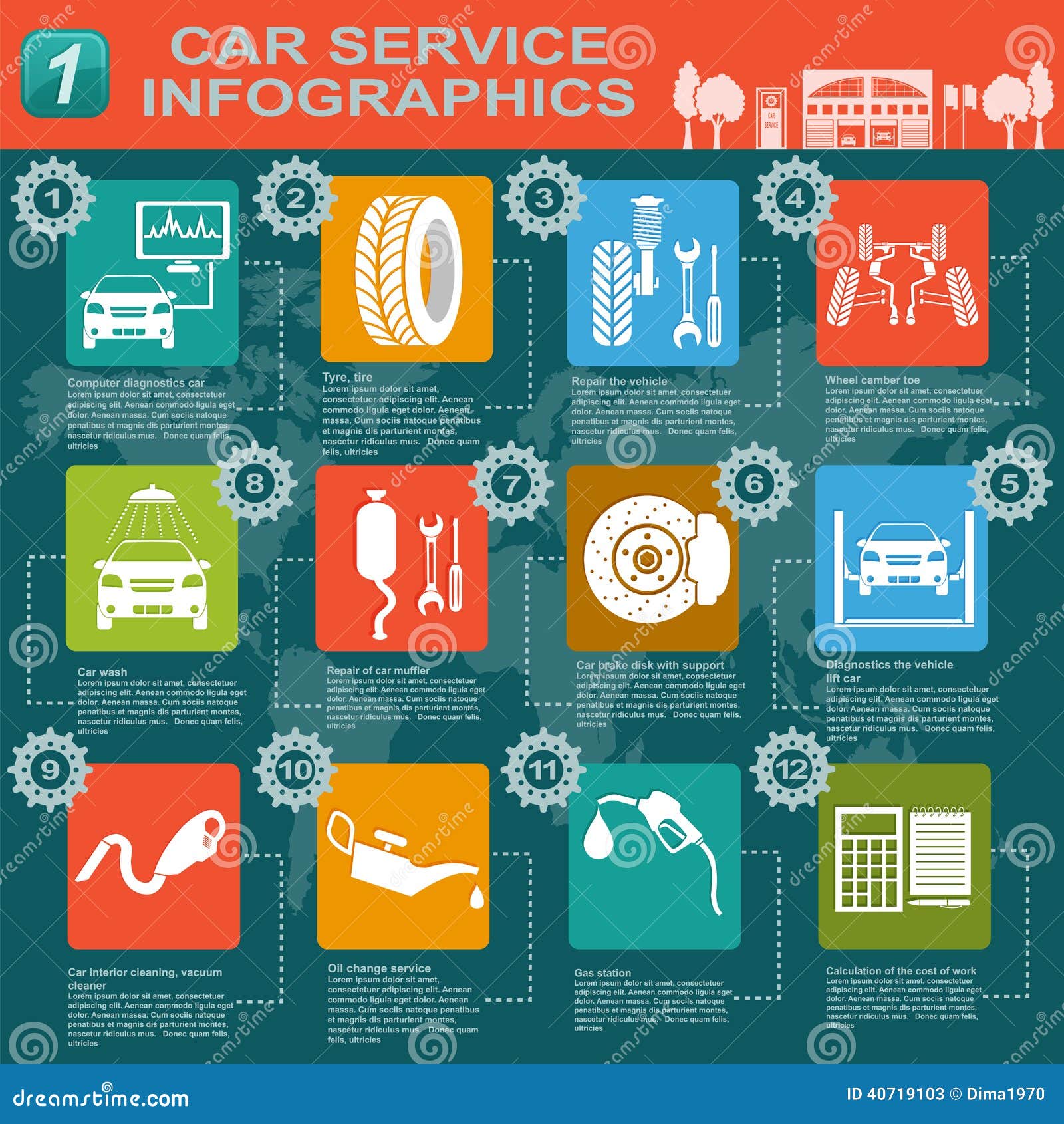Examining Your Car'S Warning Indicators: What They Actually Communicate
Examining Your Car'S Warning Indicators: What They Actually Communicate
Blog Article
Write-Up Author-Higgins Shepherd
When you lag the wheel, those beautiful warning lights on your dashboard can be a little bit bewildering. Do you understand what they're attempting to inform you regarding your cars and truck's health and wellness? Comprehending https://ecuremapping52739.ja-blog.com/29998164/the-ultimate-newbie-s-overview-to-outlining-your-vehicle-in-just-one-hour of these lights is vital for your safety and the longevity of your vehicle. So, the following time among those lights appears, would not you wish to analyze its message precisely and take the essential actions to resolve it?
Common Caution Lighting and Interpretations
Determine common warning lights in your automobile and understand their definitions to guarantee secure driving.
The most common caution lights consist of the check engine light, which indicates issues with the engine or discharges system. If this light comes on, it's vital to have your automobile examined immediately.
The oil pressure alerting light shows low oil pressure, needing instant attention to avoid engine damages.
A flashing battery light may suggest a damaged charging system, possibly leaving you stranded otherwise dealt with.
The tire stress monitoring system (TPMS) light notifies you to reduced tire stress, influencing lorry stability and gas efficiency. Overlooking this could cause dangerous driving conditions.
The abdominal light indicates a problem with the anti-lock stopping system, endangering your capability to stop swiftly in emergencies.
Lastly, the coolant temperature level alerting light warns of engine overheating, which can lead to extreme damages if not dealt with promptly.
Recognizing these usual caution lights will certainly aid you attend to problems promptly and keep risk-free driving conditions.
Value of Prompt Focus
Comprehending the common caution lights in your cars and truck is just the very first step; the importance of quickly attending to these warnings can not be emphasized enough to guarantee your safety on the road.
When a warning light brightens on your control panel, it's your cars and truck's way of communicating a prospective issue that requires attention. Neglecting these cautions can bring about a lot more extreme troubles in the future, jeopardizing your safety and security and possibly costing you extra in repairs.
Prompt attention to cautioning lights can prevent malfunctions and mishaps. For instance, a blinking check engine light could suggest a misfire that, if left unattended, can trigger damages to the catalytic converter. Addressing this quickly can conserve you from an expensive repair.
In a similar way, a brake system warning light could signify reduced brake fluid or used brake pads, vital parts for your security when driving.
DIY Troubleshooting Tips
If you observe a warning light on your dashboard, there are a couple of do it yourself fixing pointers you can attempt before seeking specialist aid.
The primary step is to consult your cars and truck's handbook to recognize what the certain warning light indicates. Occasionally the issue can be as simple as a loosened gas cap triggering the check engine light. Tightening up the gas cap may settle the trouble.
An additional typical concern is a reduced battery, which can activate various advising lights. Checking the battery links for corrosion and ensuring they're safe and secure could take care of the problem.
If a caution light persists, you can try resetting it by separating the cars and truck's battery for a couple of minutes and then reconnecting it. Furthermore, checking your vehicle's liquid degrees, such as oil, coolant, and brake fluid, can help fix advising lights connected to these systems.
Final thought
In conclusion, understanding your cars and truck's warning lights is vital for maintaining your vehicle running smoothly and securely. By quickly resolving these informs and knowing what they indicate, you can avoid expensive fixings and prospective break downs.
Bear in mind to consult your cars and truck's handbook for particular information on each cautioning light and act accordingly to make certain a hassle-free driving experience.
Stay notified, remain safe when traveling!
